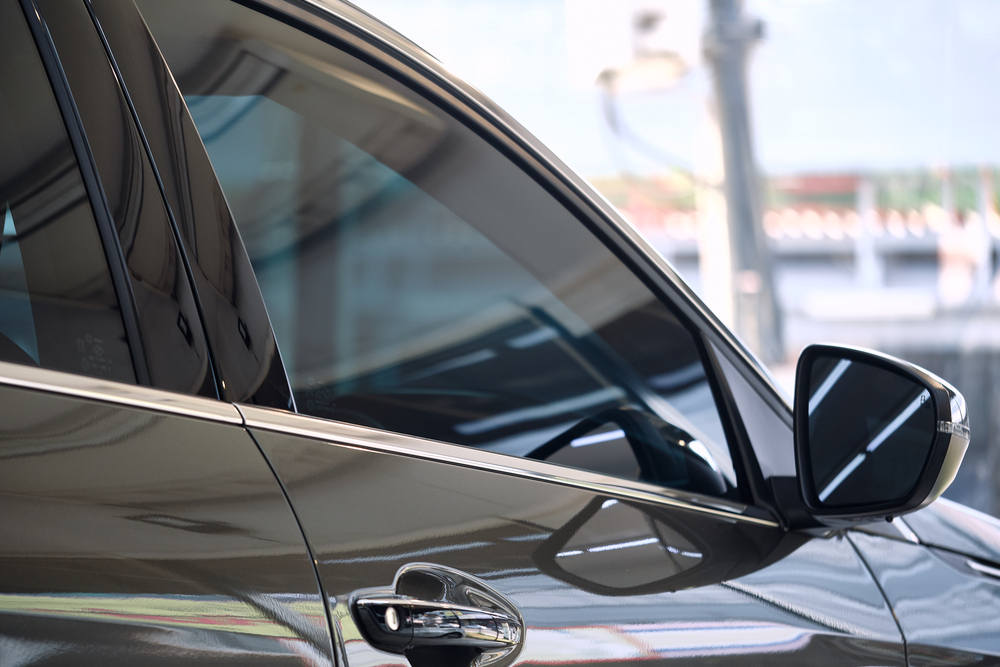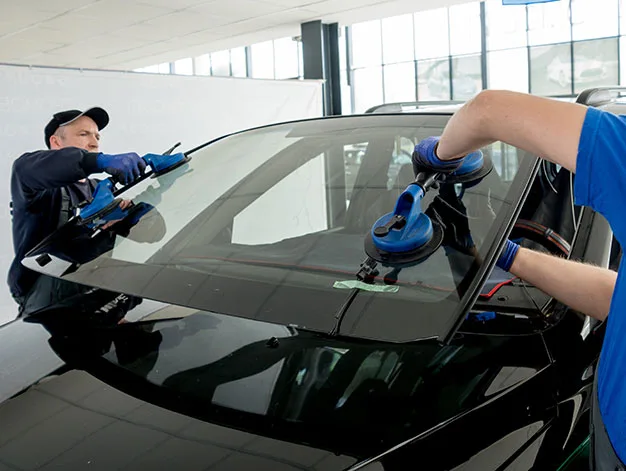The Evolution and Innovation in Auto Glass Manufacturing: A Comprehensive History
The Dawn of Auto Glass: Early Beginnings
Your car's glass wasn't always so fancy. It's evolved over time to be:
- Shatter-resistant: Laminated & tempered glass for safety
- High-tech: Think UV protection, smart tinting
- Eco-friendly: Recycled materials, greener production
The focus has always been on safety, but the future looks even cooler!
Auto-glass manufacturing has improved. It has gone from ordinary glass to advanced safety features. These include laminated and tempered glass. It has added tech like smart glass with UV protection and electronic tinting. Innovations and strict rules ensure safety, quality, and sustainability. Future advances promise augmented reality displays and more.

Safety Revolution: The Advent of Laminated Glass
The pivotal moment in auto glass manufacturing came with the introduction of laminated glass in the 1920s. Pioneered by French chemist Édouard Bénédictus, laminated glass was a game-changer. It has two layers of glass with celluloid between them. The celluloid makes the glass hold together better in a crash. This innovation marked a significant leap in automotive safety, setting new industry standards.
Tempered Glass: Raising the Bar for Safety
Progressing further, the 1930s witnessed the introduction of tempered glass. Temporary glass is heat-treated to increase strength and durability, unlike its laminated counterpart. Upon impact, it shatters into small, blunt pieces, drastically reducing injury risks. This technology became a staple for car side and rear windows. It made vehicles safer.
Innovative Strides in Manufacturing Processes
The manufacturing process of auto glass has evolved dramatically. The industry has changed a lot. It moved from manual, labor-intensive methods to highly automated and precise ones. Modern manufacturing uses advanced machinery and computer-aided designs. They ensure precision and quality in every piece of auto glass.
The Role of Technology: Smart Glass and Beyond
In recent years, technology has profoundly influenced auto glass manufacturing. Smart glass has revolutionized the industry. It has features like UV protection, temperature control, and electronic tinting. These advancements enhance driver comfort and visibility. They also help energy efficiency and environmental sustainability.
Quality and Regulation: Ensuring the Highest Standards
Quality control and regulation play a crucial role in auto glass manufacturing. Rigorous testing for impact resistance, durability, and clarity is essential. The American National Standards Institute (ANSI) sets industry standards. The European ECE regulations do, too. They ensure that auto glass products meet strict safety and quality rules.
Environmental Considerations and Sustainability
Sustainability in auto glass manufacturing is a growing focus. Efforts to cut the carbon footprint include recycling. They also include energy-efficient production. They also include making eco-friendly materials. These practices help the environment. They match the growing eco-conscious consumer base.
The Future of Auto Glass: Innovations on the Horizon
The future of auto glass manufacturing is poised for groundbreaking innovations. We will see augmented reality displays in windshields soon. Smart glass tech is also advancing. These innovations promise to redefine driving. They will make it safer, more comfortable, and more connected.
Conclusion: A Legacy of Safety and Innovation
The history of car glass manufacturing is a testament to the relentless pursuit of safety and innovation. The industry has evolved from humble beginnings to today's cutting-edge technologies. It has always prioritized the safety and comfort of vehicle occupants. Technology is advancing. We can expect even more big changes in auto glass. They will shape the future of car safety and design.
